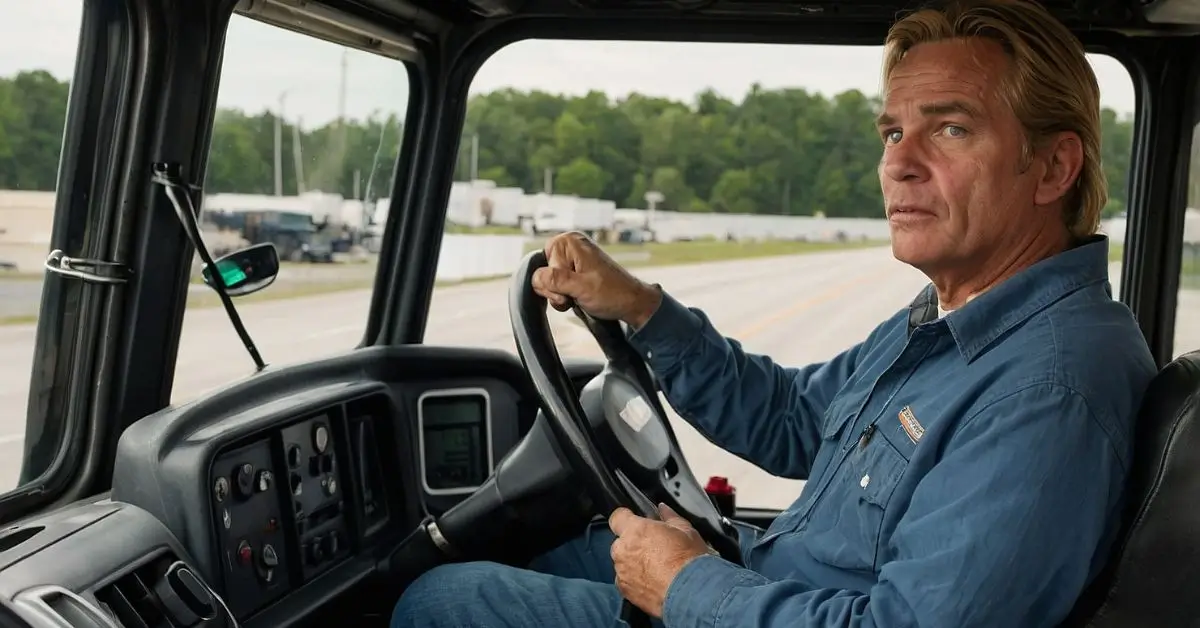Obtaining a Commercial Driver’s License (CDL) is a significant step for anyone looking to become a professional driver in the trucking or transportation industry. The process is not only about passing a test but also includes learning skills, understanding safety procedures, and gaining valuable driving experience. Many prospective drivers wonder, “How long does it take to get a CDL?” The answer varies depending on a variety of factors such as the type of CDL, the training program chosen, and personal circumstances.
This article aims to provide a comprehensive guide on the time it takes to obtain a CDL, the factors that influence this timeline, and what you can expect during the process.
What is a CDL?
Before delving into the timeline, it’s essential to understand what a CDL is. A Commercial Driver’s License (CDL) is required for individuals who wish to operate large, heavy, or hazardous material-carrying vehicles in the United States. This includes tractor-trailers, buses, dump trucks, and tankers. There are three primary classes of CDLs:
- Class A CDL: Allows the driver to operate a combination of vehicles with a gross combination weight rating (GCWR) of 26,001 pounds or more, provided the vehicle being towed weighs more than 10,000 pounds. This is typically required for drivers of semi-trucks and large trailers.
- Class B CDL: Permits the driver to operate a single vehicle with a GCWR of 26,001 pounds or more, or a vehicle that is towing a vehicle not heavier than 10,000 pounds. This is commonly used for drivers of buses, dump trucks, and box trucks.
- Class C CDL: Required for drivers who transport 16 or more passengers (including the driver) or transport hazardous materials. This applies to certain buses and vehicles that carry specific types of cargo.
The CDL Application Process: A Step-by-Step Overview
The journey to obtaining a CDL involves several stages. These include the initial application, training, obtaining a learner’s permit, passing the necessary tests, and gaining practical driving experience. Below, we will outline the key steps involved and discuss how each stage affects the overall timeline.
1. Meet Eligibility Requirements
The first step in getting a CDL is to ensure that you meet the basic eligibility requirements. These vary slightly by state, but generally include the following:
- Age Requirements: You must be at least 18 years old to drive within your state (intrastate) and at least 21 years old to drive across state lines (interstate) or transport hazardous materials.
- Valid Driver’s License: You must already hold a regular, non-commercial driver’s license.
- Medical Certification: You’ll need to pass a Department of Transportation (DOT) medical exam, which certifies that you’re physically fit to operate commercial vehicles.
- Background Check: If you plan to transport hazardous materials, you will be required to undergo a Transportation Security Administration (TSA) background check.
2. Select a CDL Class
Choosing the right CDL class is crucial because the type of CDL you apply for will determine the duration and complexity of your training. For instance, a Class A CDL generally requires more extensive training than a Class B or C CDL.
3. Obtain a Commercial Learner’s Permit (CLP)
After meeting the eligibility requirements and deciding on a CDL class, the next step is to obtain a Commercial Learner’s Permit (CLP). The CLP allows you to practice driving under the supervision of a licensed CDL holder and is a prerequisite for taking the final CDL skills test.
- Written Test: To obtain the CLP, you’ll need to pass a written knowledge test. The topics covered include general CDL knowledge, air brakes (if applicable), and any endorsements (e.g., hazardous materials, passenger transport) you plan to pursue.
- Study Time: Preparing for the written test typically takes between 2-4 weeks, depending on your study habits and prior knowledge.
- CLP Validity: The CLP is generally valid for 180 days and can be renewed once before you must pass the CDL test.
4. CDL Training Program
While it is possible to prepare for a CDL on your own, most aspiring commercial drivers opt to enroll in a formal CDL training program. These programs, offered by trucking schools, community colleges, and private institutions, provide both classroom instruction and hands-on driving experience.
- Program Length: The length of a CDL training program can vary. On average, CDL training programs take 4 to 8 weeks to complete for full-time students. Part-time programs, which are ideal for those who are working or have other commitments, can take up to 6 months to finish.
- Training Hours: Most programs offer around 160 hours of instruction. This typically includes 40 hours of classroom instruction and 120 hours of behind-the-wheel training. However, more comprehensive programs may offer up to 240 hours of training.
- Curriculum: CDL training programs cover essential topics like vehicle inspection, air brake systems, shifting gears (for manual transmission vehicles), backing up, and safe driving practices. You’ll also receive specialized training for any endorsements you plan to add to your CDL.
5. Practice Driving
Once you have your CLP and are enrolled in a training program, you’ll spend a significant amount of time practicing your driving skills. Driving practice is essential for gaining confidence and preparing for the CDL skills test.
- Supervised Driving: You can only drive a commercial vehicle if you are supervised by a licensed CDL holder. This can either be an instructor from your training program or another licensed driver.
- Practice Duration: The amount of time spent practicing will depend on your proficiency. Most students spend around 3-6 weeks honing their skills. The goal is to become comfortable with all aspects of driving a commercial vehicle, including parking, navigating city streets, and highway driving.
6. Pass the CDL Skills Test
The final step in obtaining a CDL is passing the CDL skills test. This test consists of three parts:
- Vehicle Inspection Test: You’ll need to demonstrate your knowledge of vehicle systems by conducting a thorough pre-trip inspection.
- Basic Controls Test: This portion of the test assesses your ability to control the vehicle. You’ll be tested on basic maneuvers like turning, backing up, and parking.
- Road Test: The road test evaluates your driving skills in a real-world setting. You’ll be required to safely operate the vehicle under various driving conditions, including urban roads, highways, and residential streets.
- Testing Duration: The entire skills test usually takes 1-2 hours to complete. However, scheduling the test can sometimes take several weeks, depending on your location and availability of testing centers.
7. Receive Your CDL
Once you pass the skills test, you’ll officially receive your CDL! Some states issue the license immediately, while others may take a few days to process the paperwork.
- CDL Validity: A CDL is typically valid for 5-8 years, depending on the state. You’ll need to renew it periodically and keep your medical certification up to date.
Additional Factors That Can Affect the Timeline
While the process outlined above provides a general framework for obtaining a CDL, there are several factors that can influence how long it takes:
State Requirements
Each state has its own specific requirements for obtaining a CDL, including different testing procedures, fees, and training hours. Be sure to check your state’s CDL handbook for the most up-to-date information.
Endorsements
If you’re seeking additional endorsements, such as HazMat (hazardous materials), Tanker, or Passenger, you’ll need to complete extra training and pass additional written exams. Preparing for these endorsements can add a few weeks to the overall timeline.
Part-Time vs. Full-Time Training
If you enroll in a part-time training program, it will naturally take longer to complete than a full-time program. Many schools offer night and weekend classes to accommodate students who are working or have other commitments.
Personal Commitments
Life circumstances, such as work or family obligations, can impact the amount of time you have to dedicate to CDL training. Be sure to consider how your schedule will affect your progress when planning your training.
Retakes and Delays
Not everyone passes the CDL written test or skills test on the first try. If you need to retake any part of the process, this will add time to the overall timeline. Additionally, scheduling delays, especially at busy testing centers, can extend the process.
Final Thoughts: How Long Does It Take to Get a CDL?
The time it takes to get a CDL can range from 3 weeks to 6 months, depending on the type of CDL, the training program you choose, and your personal schedule. On average, most students can expect to complete the process in about 7 to 8 weeks if they attend a full-time CDL training program and pass all tests on the first attempt.
While the process may seem long, it’s designed to ensure that drivers are fully prepared to handle the responsibilities of operating large commercial vehicles safely and efficiently. By committing to the training and staying focused on your goals, you’ll be on the road with your CDL in no time, ready to embark on a rewarding career in the trucking or transportation industry.











